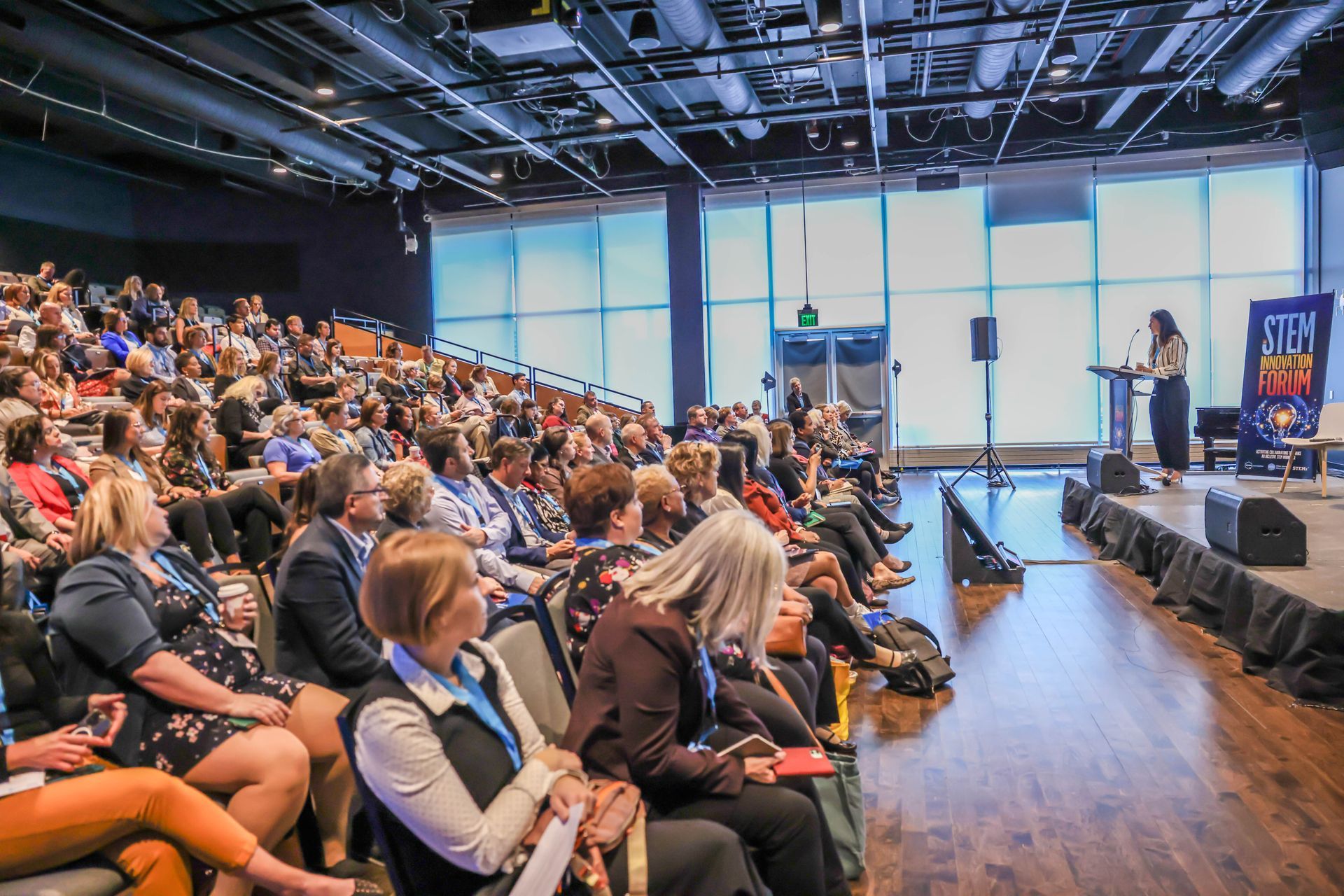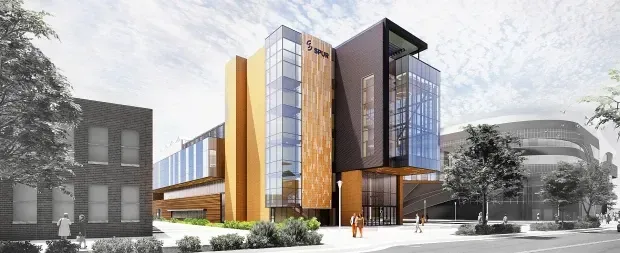Progress in Colorado and more from NSTA STEM forum
by Michael Feder, Director of STEMx
There seem to be an ever growing number of STEM education conferences convened each year. It can be difficult to know which conference is right for you and STEM educators in your state.
 I am attending a few highly recommended STEM conferences this summer to explore which are the best fit for our networks. Last month I attended the 5th Annual STEM Forum & Expo, hosted by the National Science Teachers Association (NSTA).
I am attending a few highly recommended STEM conferences this summer to explore which are the best fit for our networks. Last month I attended the 5th Annual STEM Forum & Expo, hosted by the National Science Teachers Association (NSTA).
The Forum is a unique, focused event that brought together (informal and formal) educators and business representatives from across the STEM disciplines. Tools, resources, and network management strategies were shared across the three-day meeting. The Forum provided resources for educators and organizations seeking to learn more about STEM education, and is organized in partnership with teachers associations. I was pleased to see the work many STEMx members showcased at the Forum. Moreover, I walked away thoroughly impressed with the quality and quantity of the information and people gathered.
But the most important question isn’t what I thought. What did your fellow members think of the event? To answer this, I talked to Liz Kuehl from Colorado. Read on to hear from here.
Why did you choose to present at the NSTA STEM Forum and were your expectations met?
Liz Kuehl represented STEMx member Colorado at the NSTA STEM Forum
The NSTA STEM Forum offered an opportunity to share information about the collective work of Colorado STEM with a broad, national audience. We believe our vibrant grassroots statewide effort has strong multi-sector industry engagement. We wanted to share our model with educators and STEM implementers to (1) share an example of what an infrastructure like Colorado STEM does to advance STEM education, and (2) engage educators in a dialogue around how this type of a network might support their efforts.
What did you hope the audience would take away from your session?
The goal for the session was to provide an overview of the role Colorado STEM has played in our state and to provide the audience with ways to engage. This work has not happened in a vacuum. It’s the product of Colorado companies, state agencies, high education, community partners, districts, and educators coming together to call for access to high-quality STEM education for all learners to fill Colorado’s STEM jobs. Our goal was to tell our story to make new connections, learn from other states, and collectively move this work forward.
What did you find most useful about the NSTA STEM Forum and Expo overall? What set it apart from other STEM conferences you have attended?
I enjoyed hearing from educators from across the country and learning about their perspectives and work. It was a group of like-minded, dedicated professionals who are all working to ensure students have access to promising STEM careers.
Would you recommend other members of STEMx participate in or attend this conference in the future?
I would recommend other members of STEMx participate in the conference, especially STEM educators.
Is there anything else about the conference or your session that you want us to include in the newsletter?
Check out our website: www.STEMforColorado.org
Other STEMx members at NSTA
I got hear two other presentations from STEMx members. Unfortunately, I don’t have materials to share with you, but here’s a little about their presentations. If you’re interested in learning more about either, drop a comment on this post and I’ll pass it along.
Green STEM in Guam: A District-Wide Initiative That Works
Hear about the district development and implement of a district-wide STEM Strategic Plan that is effectively building and supporting STEM programs across the district. Find out how Guam has connected to island resources supporting green STEM initiatives that allow students to work on real place-based issues. Sample K–12 projects will be highlighted – Anne Tweed (McREL International) and Leah Beth Noholowaa (Guam Department of Education)
What Does English Have to Do with STEM?
Come hear from the English department of a STEM magnet school on how they have used constant innovation and advocacy—both on the part of students and themselves as professionals—to develop a unique program that inspires students by tapping into collective strengths; resulting in high achievement across subjects for all students. – Tressie Norton, Darryl Fannon, Sean Blevins, Luke Bell and Misty Brown from L&N STEM Academy in Knoxville, Tennessee
STEMx partners at NSTA STEM Forum
Army’s outreach
Our returning readers have heard about the Army Educational Outreach Program, a portfolio of STEM programs reaching more than 30,000 kids a year. Louie Lopez manages this partnership from the Army side. We were fortunate to host Louie at the 2015 STEMxchange meeting. Listening to his updated presentation, I was struck by how the program has grown in the last year.





